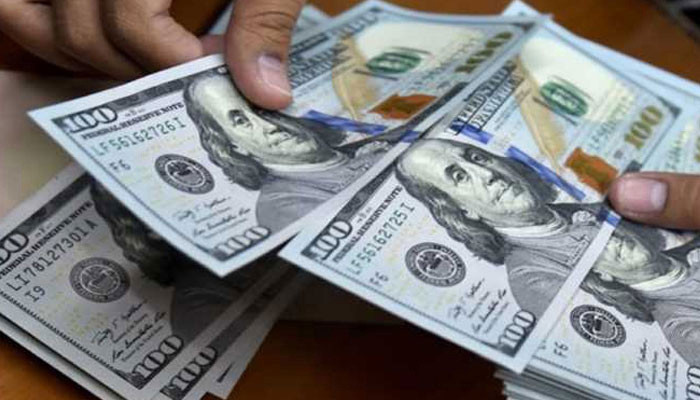
Strict import policy and Ramadan factor are the main reasons, the surplus is more than expected by experts. Photo: File
Karachi: As expected, Pakistan’s current account balance has turned into a surplus after a long 28-month period, but the huge surplus of $654 million has surprised experts.
Experts had expected a surplus of 200 to 300 million dollars. The government has achieved this target by imposing severe restrictions on imports, on the other hand, remittances from abroad have also played an important role in increasing the surplus, as expatriates living abroad return to their homes in large numbers during the month of Ramadan. Send foreign exchange to
According to the State Bank, a surplus of 654 million dollars has been recorded in March, while a deficit of 36 million dollars was faced in the month of February. While in March last year, a loss of 981 million dollars was recorded.
The surplus helped bring down the current account deficit by 74 percent from $13.01 billion to $3.37 billion during the first nine months of the current fiscal year.
According to the State Bank, the balance of payments will remain under pressure despite the reduction in the current account deficit, and the level of foreign reserves will remain low. Remittances in the month of March increased by 27% from $1.98 billion to $2.53 billion in March as compared to February.
Also read: The country’s trade deficit reached the level of 22 billion 90 million dollars during 9 months
Export earnings increased to $2.43 billion in March from $2.21 billion in February. However, this is 21% lower than last year’s exports of $3.07 billion in March.
Meanwhile, foreign direct investment in March was 163 million dollars, which was 101 million dollars in February. While in March 2022 it was 30 million dollars. Compared to the first nine months of last year, foreign direct investment declined by 23 percent to $1.05 billion from $1.35 billion.
read more: The budget deficit is estimated to reach the highest level of 62 trillion rupees
China invested the most at $319 million, down 16 percent from its previous investment of $382 million in the same period last year. Apart from China, Japan, Switzerland and UAE were major investors.
The highest investment of $460 million was made in the power sector, the remaining $248 million was invested in other sectors, oil and gas exploration sector, transport equipment and automobiles with $116 million and $96 million respectively. Done.
(function(d, s, id){
var js, fjs = d.getElementsByTagName(s)[0];
if (d.getElementById(id)) {return;}
js = d.createElement(s); js.id = id;
js.src = “//connect.facebook.net/en_US/sdk.js#xfbml=1&version=v2.3&appId=770767426360150”;
fjs.parentNode.insertBefore(js, fjs);
}(document, ‘script’, ‘facebook-jssdk’));
(function(d, s, id) {
var js, fjs = d.getElementsByTagName(s)[0];
if (d.getElementById(id)) return;
js = d.createElement(s); js.id = id;
js.src = “//connect.facebook.net/en_GB/sdk.js#xfbml=1&version=v2.7”;
fjs.parentNode.insertBefore(js, fjs);
}(document, ‘script’, ‘facebook-jssdk’));



